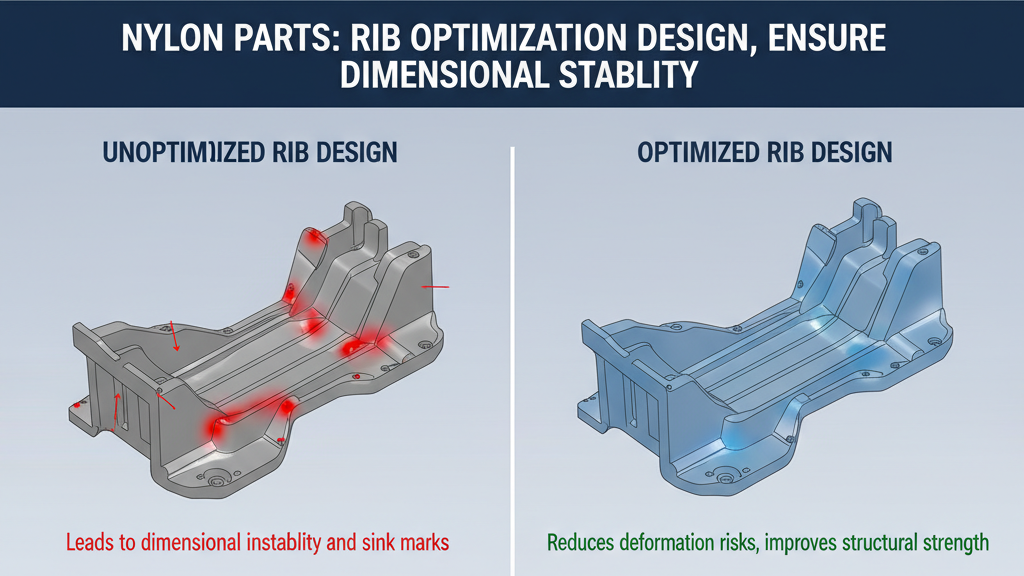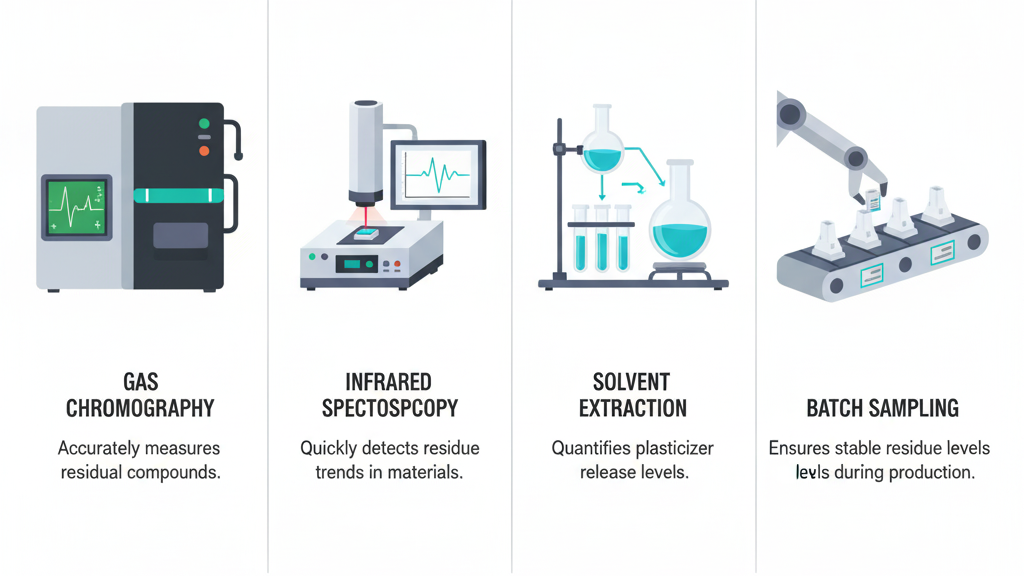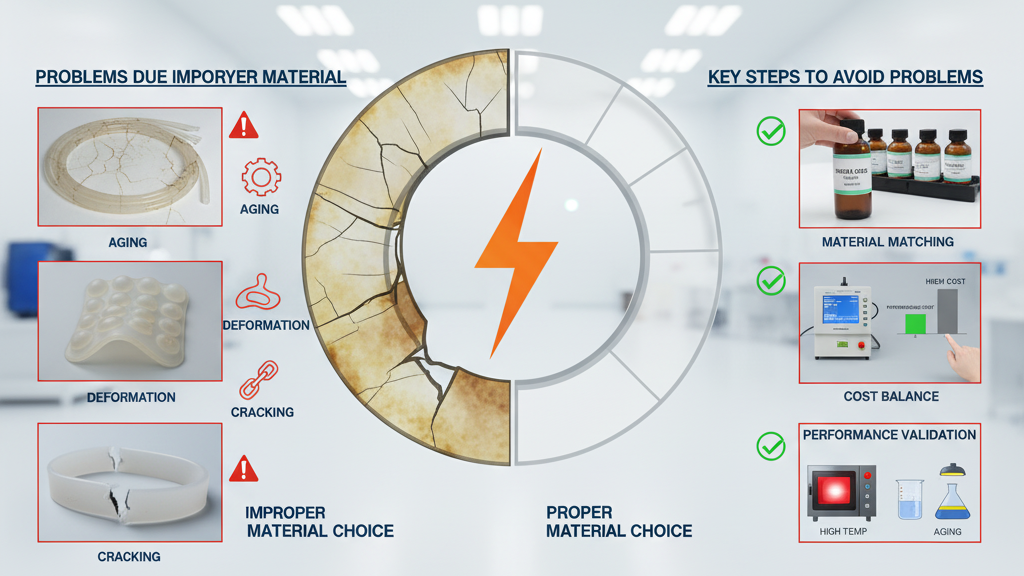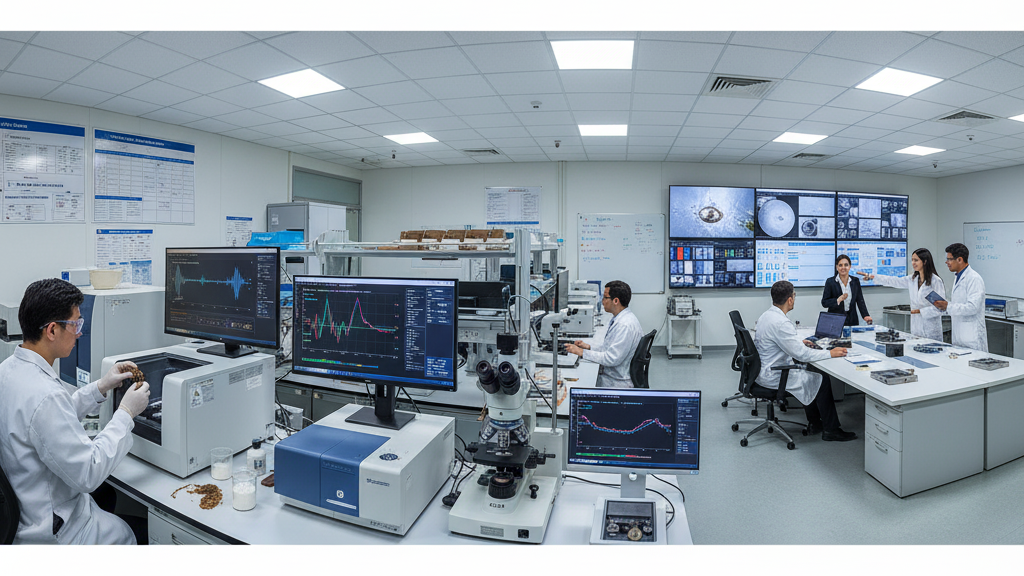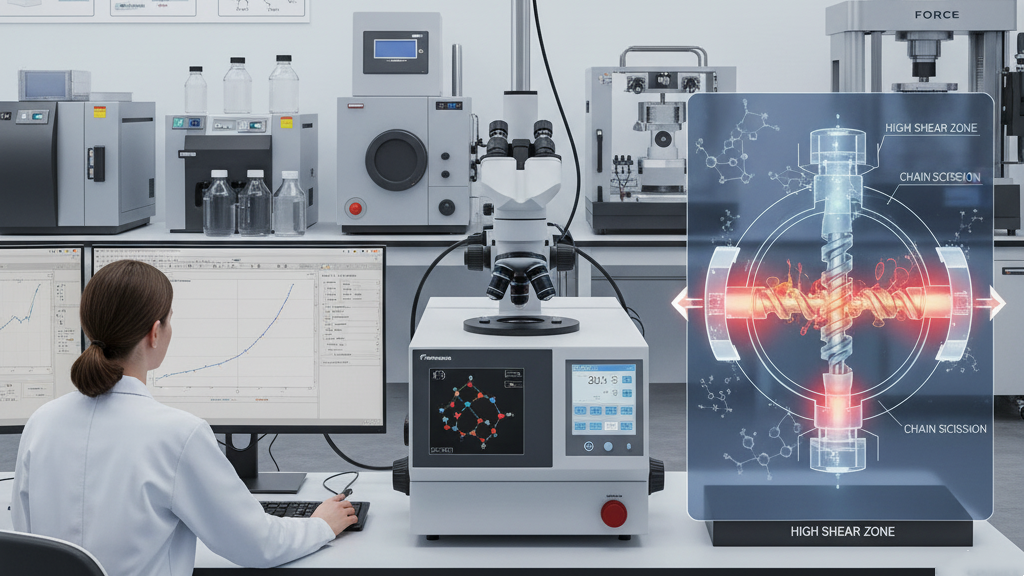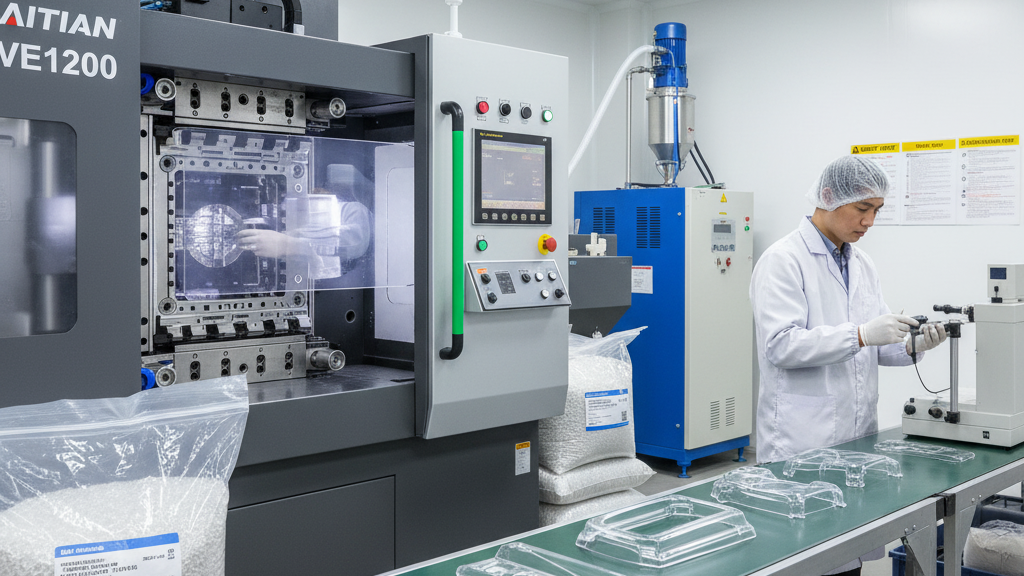
Polypropylene (PP) is widely used, but its flammability limits its application range. Developing new flame retardants is crucial to enhance its safety. Traditional flame retardants pose environmental issues, making the research on novel flame retardants urgently needed.
Traditional halogen-based flame retardants are highly efficient but release toxic gases, which do not meet environmental requirements. New halogen-free flame retardants, such as phosphorus-based, nitrogen-based, and intumescent flame retardants, are the focus of research. These new flame retardants show promise in improving the flame retardant properties of polypropylene.
Which new halogen-free flame retardants are most suitable for injection-molded PP, balancing flame retardancy and processability?

Injection-molded polypropylene (PP) requires higher flame retardant performance due to its wide range of applications. However, the environmental issues associated with traditional flame retardants are becoming increasingly prominent. Finding new halogen-free flame retardants that balance both flame retardant effectiveness and processability has become an urgent challenge for the industry.
- Phosphorus-based flame retardants (APP, organic phosphates): Phosphorus-based flame retardants work by forming a phosphoric acid protective layer. Organic phosphates have better compatibility with PP.
- Nitrogen-based flame retardants (melamine derivatives): Nitrogen-based flame retardants release non-combustible gases to dilute oxygen. When combined with phosphorus-based flame retardants, they enhance flame retardant efficiency.
- Intumescent flame retardants: Intumescent flame retardants form an expanded char layer during combustion, providing insulation and oxygen barrier effects.
- Inorganic flame retardants (magnesium hydroxide, aluminum hydroxide): Inorganic flame retardants absorb heat and release water vapor for flame retardancy. However, their large addition amounts can negatively impact the processing performance of PP.
How can new flame retardants improve the flame retardancy of PP without compromising its mechanical strength?

While pursuing excellent flame retardant performance for polypropylene (PP), maintaining its original mechanical strength is crucial. The development of new flame retardants must not only focus on flame retardant efficiency but also consider their compatibility with the PP matrix to avoid negative impacts on the material's mechanical properties.
- Selecting the appropriate type of flame retardant: Choose flame retardants with good compatibility with PP and minimal impact on mechanical properties, such as organic phosphates or synergistic systems with nitrogen-based flame retardants.
- Enhancing the dispersion of flame retardants: Improve the dispersion of flame retardants in the PP matrix through surface modification or the use of compatibilizers to reduce agglomeration.
- Optimizing the method of flame retardant addition: Employ techniques like melt blending or preparing nanocomposites to ensure uniform dispersion of flame retardants, thereby minimizing their negative effects on mechanical properties.
- Reducing the amount of flame retardant added: Select highly efficient flame retardants or employ synergistic flame retardant systems to lower the total additive amount, thereby reducing the impact on mechanical performance.
For different PP injection-molded products, how to select suitable flame retardants and dosage to meet specific requirements?

Polypropylene (PP) injection-molded products are diverse, ranging from electrical and electronic housings to automotive interior components. Different products have varying requirements for flame retardant performance and material properties. Therefore, selecting the appropriate flame retardants and dosage to meet the flame retardant standards and performance needs of specific application scenarios is crucial.
- Define the product application scenario and flame retardant standards: Based on applications such as electrical and electronic products, automotive interiors, building materials, or daily necessities, choose flame retardants that comply with the corresponding flame retardant rating standards.
- Consider the mechanical performance requirements of the material: Select flame retardants with good compatibility with PP and improve dispersion through surface modification or the use of compatibilizers to minimize the negative impact on material mechanical properties.
- Consider the processing performance requirements of the material: Choose flame retardants that have a minor impact on PP processing performance or optimize processing techniques, and control the amount of flame retardant added to avoid affecting material molding and surface quality.
- Consider environmental regulations and cost factors: Select halogen-free flame retardants that comply with environmental regulations and choose cost-effective flame retardants while meeting performance requirements.
Performance comparison table of flame retardant
| Flame Retardant Type | Flame Retardancy (UL94) | Tensile Strength Reduction (%) | Melt Flow Index Change (%) | Cost (USD/kg) | Application Scenarios |
|---|---|---|---|---|---|
| Phosphorus-based (APP) | V-0 | 15 | 25 | 3-5 | Electronics housings, Building materials |
| Phosphorus-based (Organic Phosphate) | V-2 | 8 | 15 | 4-7 | Automotive interiors, Wire & cable |
| Nitrogen-based (Melamine Derivatives) | Synergistic | 3 | 5 | 3.5-6 | Synergistic with phosphorus-based, enhances FR |
| Inorganic (Magnesium Hydroxide) | V-1 | 25 | 35 | 1-2 | Building materials, Daily commodities |
Future Development Directions of Flame Retardants for PP Injection-Molded Materials
The future development of flame retardants for polypropylene (PP) injection-molded materials will closely focus on environmental protection, efficiency, and multifunctionality. With increasingly stringent environmental regulations, the development of halogen-free and bio-based flame retardants has become a mainstream trend.
1.Phosphorus-based flame retardants: Emphasize the development of high-molecular-weight, low-migration organic phosphorus-based flame retardants, and study the synergistic effects of phosphorus-based flame retardants with other flame retardants.
2.Nitrogen-based flame retardants: Develop new triazine derivatives to improve flame retardant efficiency and heat resistance, and study the synergistic effects of nitrogen-based flame retardants with other flame retardants.
3.Inorganic flame retardants: Enhance the dispersion and flame retardant effectiveness of inorganic flame retardants through surface modification and nano-sizing, and study their synergistic effects with organic flame retardants.
4.Intumescent flame retardants: Address the issue of poor compatibility between intumescent flame retardants and the PP matrix due to opposite polarities, and improve the dispersion of intumescent flame retardants in the PP matrix.
Conclusion
Polypropylene (PP) is widely utilized, making its flame retardant modification crucial. Although traditional halogen-based flame retardants are highly effective, their environmental impact is significant, and the development of new halogen-free flame retardants represents the future trend. Phosphorus-based, nitrogen-based, intumescent, and inorganic flame retardants each have their advantages, and the appropriate choice should be made based on product requirements.
For expert assistance in implementing for your production needs, visit our resource center or contact us. Let’s help you scale up your manufacturing with precision and efficiency!

